Lily Mellitz ’26
Executive Features Editor
Pablo Delano, the Charles A. Dana Professor of Fine Arts at Trinity College, is an artist whose practice has evolved far beyond traditional photography. Known for his conceptual installations that merge archival photographs, found objects and film, he uses art to question the ways colonialism, history and cultural memory are represented. His work asks audiences not just to look, but to think about who gets to tell history, what stories are preserved and how those stories shape our understanding of identity.
“My passion for visual art began because I really wasn’t very good at anything else,” Delano said. “I just love to draw and love to make things. My school notebooks from elementary school are filled with drawings in the back. I got in trouble for that through high school. So, there wasn’t any particular moment or an experience—that was just what I really found rewarding and fun, and I couldn’t imagine myself doing anything else.”
That early impulse was nurtured in a deeply artistic household in San Juan, Puerto Rico. His parents, both working artists, were his first teachers and inspirations. “My mother was a graphic artist, painter and book designer, and worked a lot with typography and book design and publication design,” Delano said. “My father was a composer, filmmaker, photographer, illustrator and cartoonist. My parents welcomed me and my sister into their studio. We were handed art materials. We sat on the floor and made art from the time we were very little. And so as artists, they were also interested in the art of the world and the art that was out there.”
The home environment was one of creative freedom and intellectual curiosity. Delano described it as a space full of conversation and collaboration, where artists and intellectuals regularly visited and shared ideas. “That was a very dynamic and a very interesting time in the history of Puerto Rico, where everything was changing,” Delano explained. “The arts were being used in a socially conscious way to try to promote human rights and make people aware of their rights as citizens and as an educational tool.”
That early exposure to politically engaged art continues to inform his work today. Delano studied painting at the Tyler School of Art at Temple University and later earned his MFA from Yale, but over time, his creative focus shifted from painting to photography, film, and objects could be used to construct or deconstruct narratives.
“I think about situations out there in the real world that I want to respond to in one way or another. And often those things are personal because they’re based on things that you have lived through or experienced,” Delano said. “But I don’t center my personal experience, my personal experience plays into it. So the important thing is [that] the work is always informed by external issues that I care deeply about, not by wanting to do something that is self-fulfilling or self-expression. That happens as a byproduct.”
His most well-known work, “The Museum of the Old Colony,” embodies that approach. Delano began the project in 2016, during a period of political and economic crisis in Puerto Rico. “First came the fiscal control board and then on top of that in 2017 came Hurricane Maria,” Delano explained. “Those two things created a condition which was really unbearable and where it became clear to me that the country that I grew up in and loved deeply could well be on the path to destruction and elimination, or erasure. So that motivated me to create this new project, ‘The Museum of the Old Colony,’ based on historical archives and conceptual art methodologies.”
“The Museum of the Old Colony” uses found images, newspaper clippings, film footage and artifacts to explore the visual legacy of U.S. colonialism in Puerto Rico. It is a project that has continued to evolve, with new materials added each time it is exhibited and has received international recognition, most recently featured at the 2024 Venice Biennale. Despite its success, Delano maintains a grounded perspective.
That same philosophy shapes his teaching at Trinity. Delano joined the faculty decades ago, helping to expand the college’s fine arts program and create opportunities for students to engage directly with the creative process. He co-founded and co-directed Trinity’s study away programs in Barcelona and Trinidad which included studio art components, and has mentored generations of students.
When asked what advice he gives to students considering a career in the arts, Delano doesn’t sugarcoat it. “Only do it if you can’t imagine doing anything else,” he said. “Art is not an easy path. There are ups and downs, and often financial uncertainty. But if you feel like you have no choice—that you have to make art—then that’s the right reason to do it.”
When asked about his more rewarding aspect of teaching, he said “It’s really interesting to present material to students who may or may not be familiar with conceptual art, but then to hear the responses from a person who doesn’t have the historical background behind it, because sometimes people will say things that are really refreshing and interesting. I also find that the relationship between a professor and a teacher can actually reinforce the creative process,” Delano said. “If I am in a position to share my current project with students, they might come up with something that I never even thought of before and those kinds of things can be really rewarding.”
Despite his international recognition, Delano remains deeply tied to the Caribbean and its diasporic communities. His recent exhibitions, “Caribbean Matters” at the University of Wisconsin and “My Paradise Is Hell” in San Juan, continue to explore the intersections of history, migration, and resistance.
“The Caribbean is often romanticized,” Delano said. “But it’s also a site of deep historical trauma and resilience. My work tries to honor that complexity.”

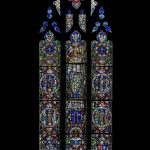
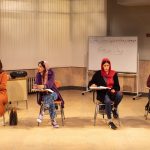
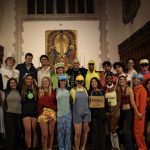

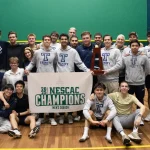
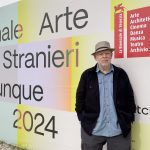

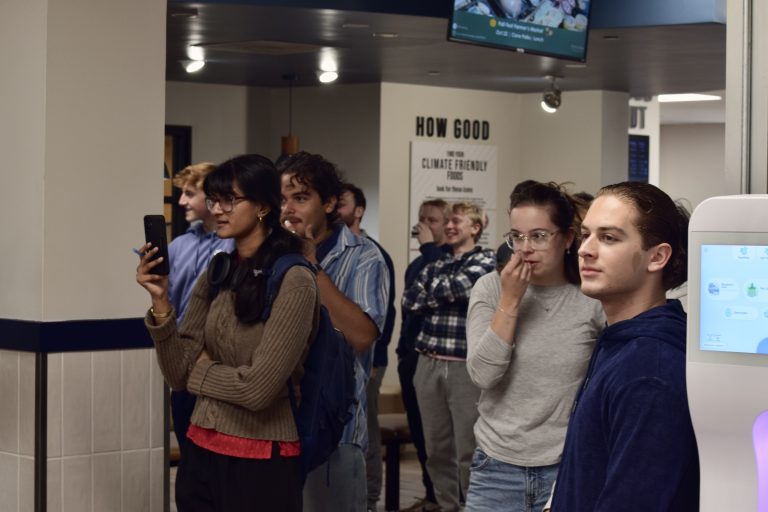



+ There are no comments
Add yours